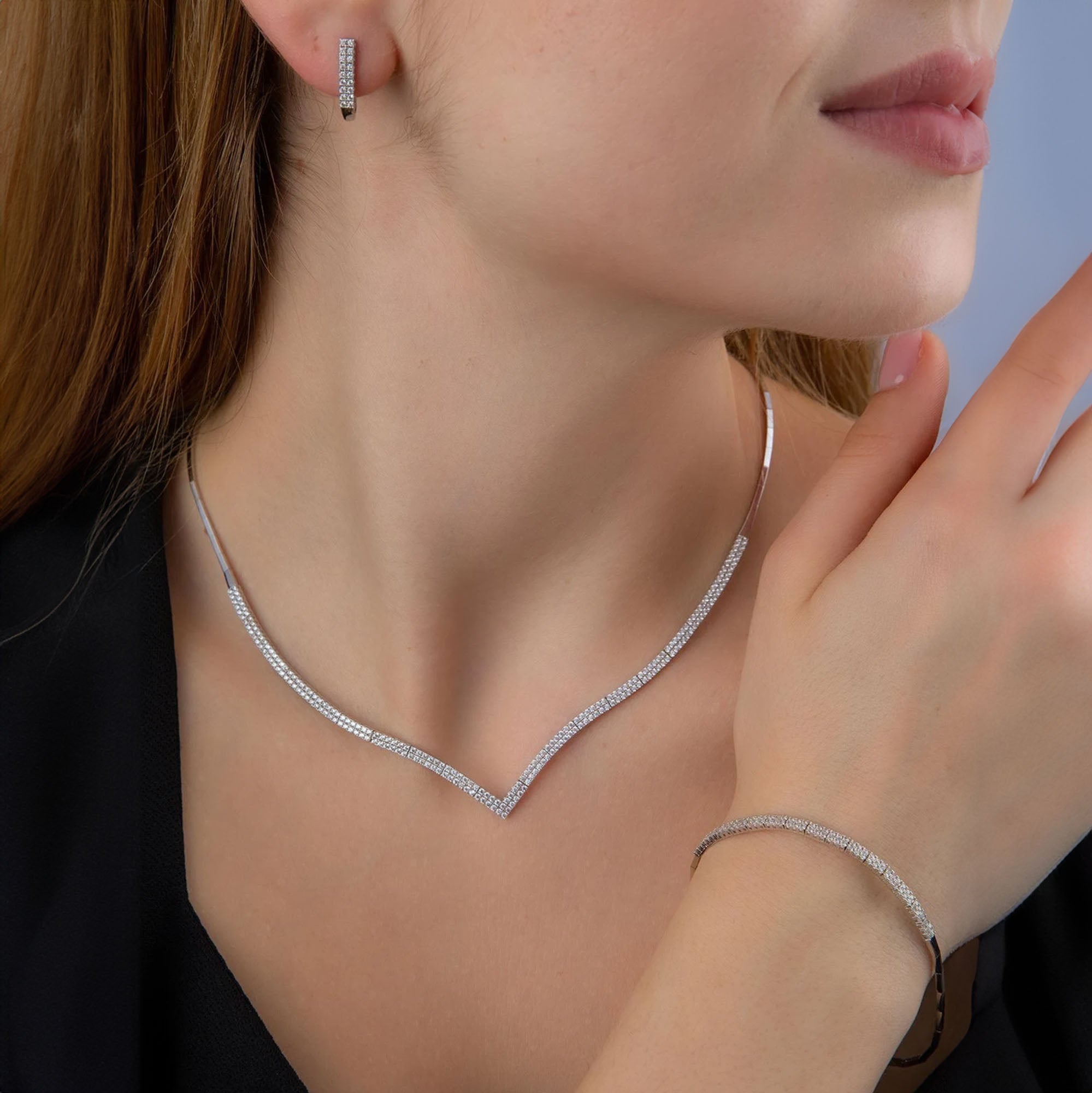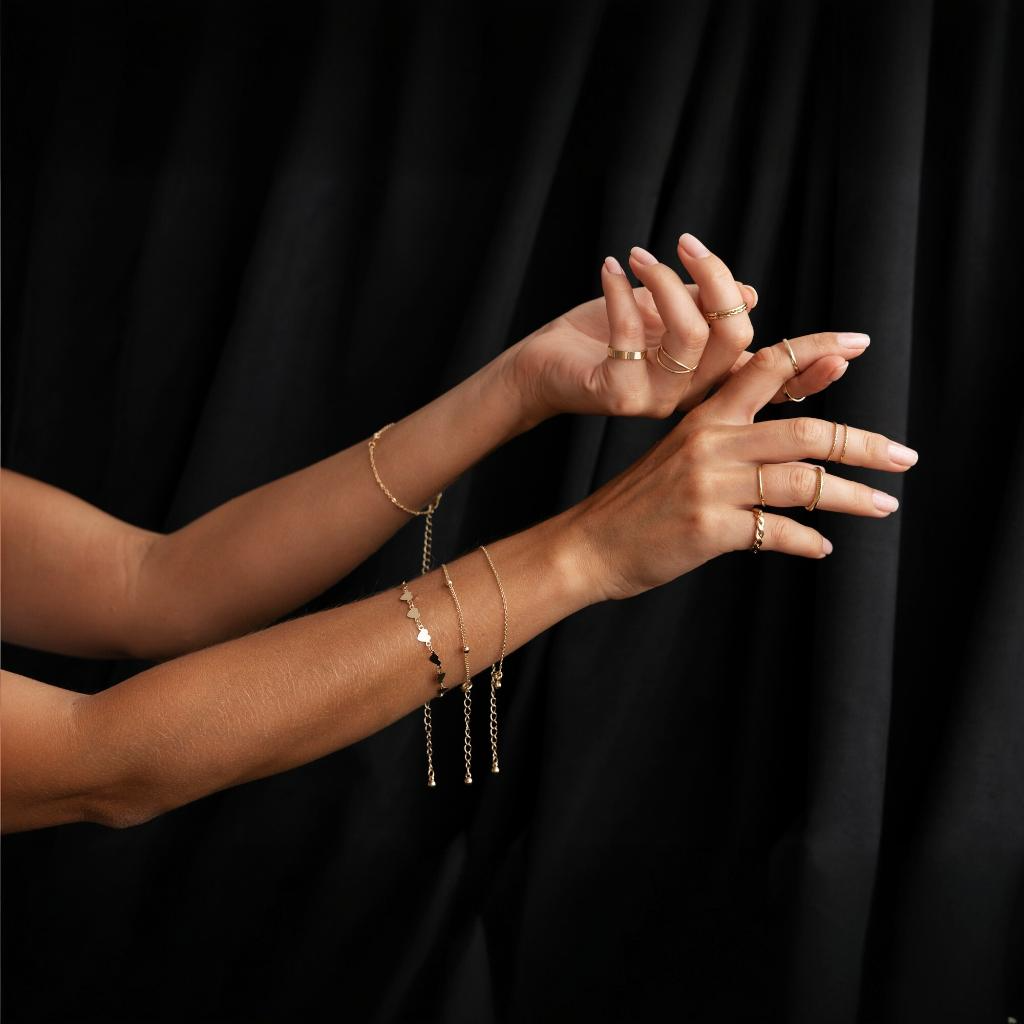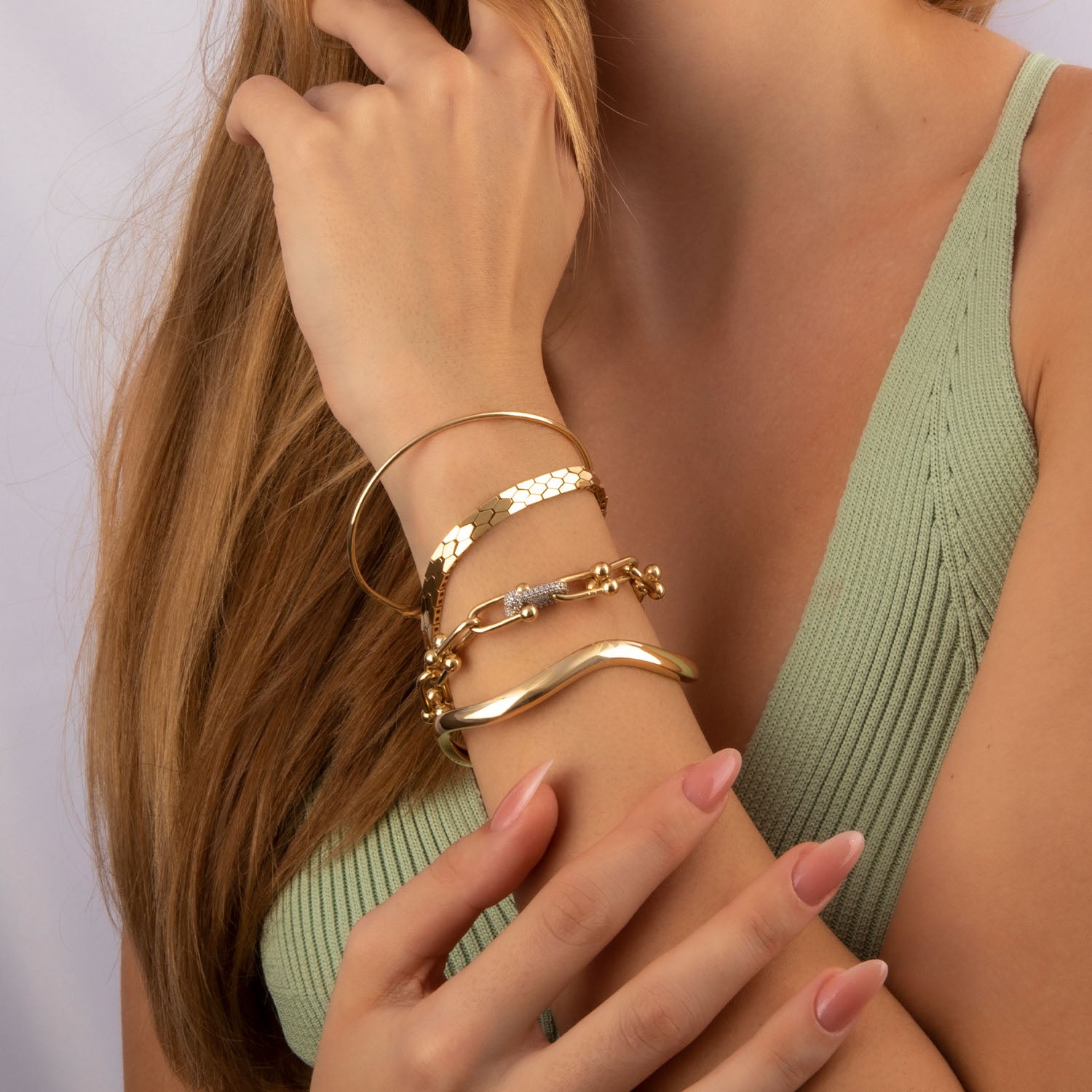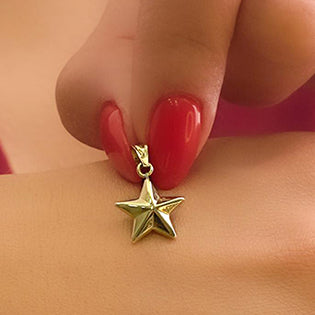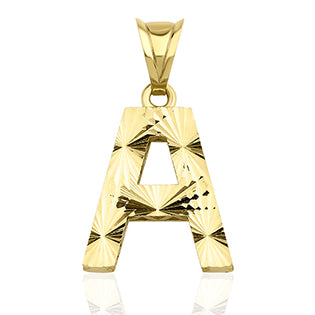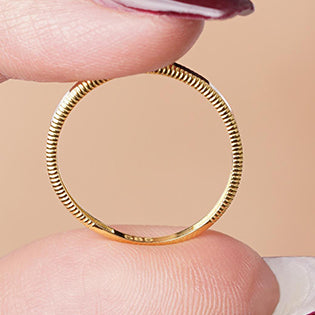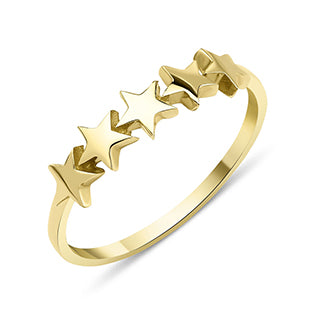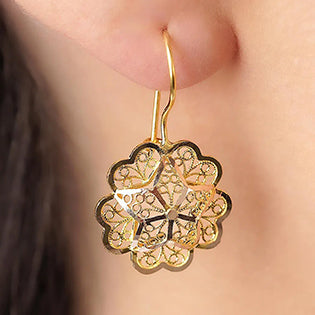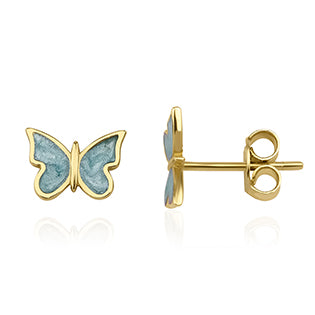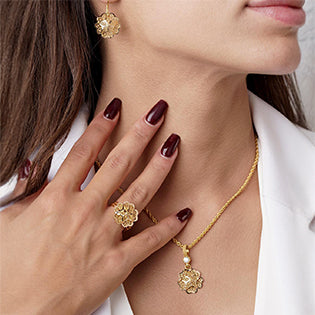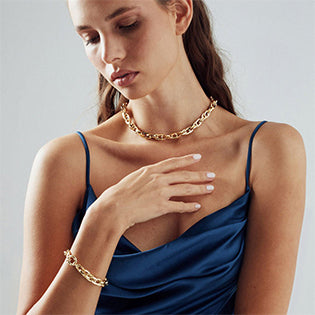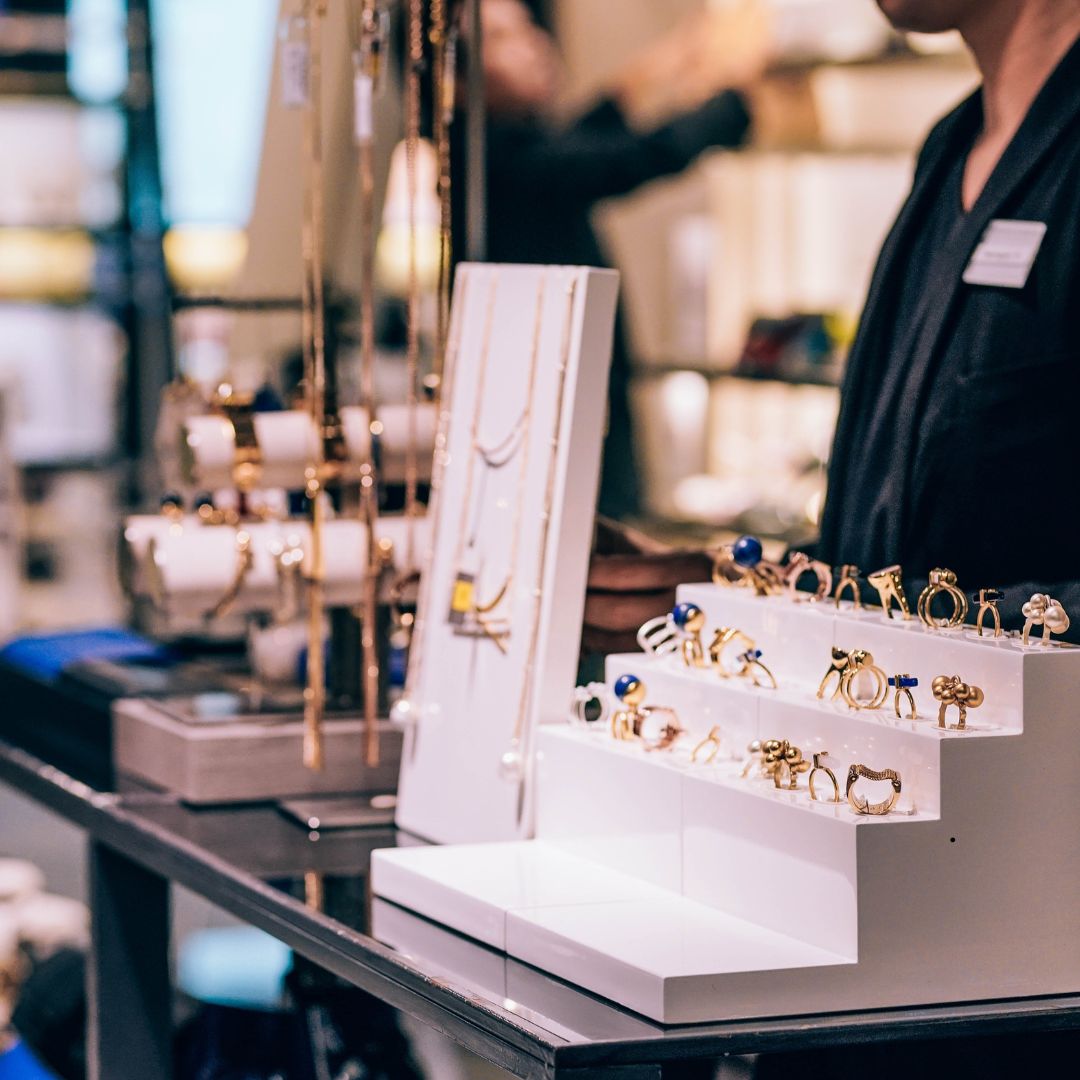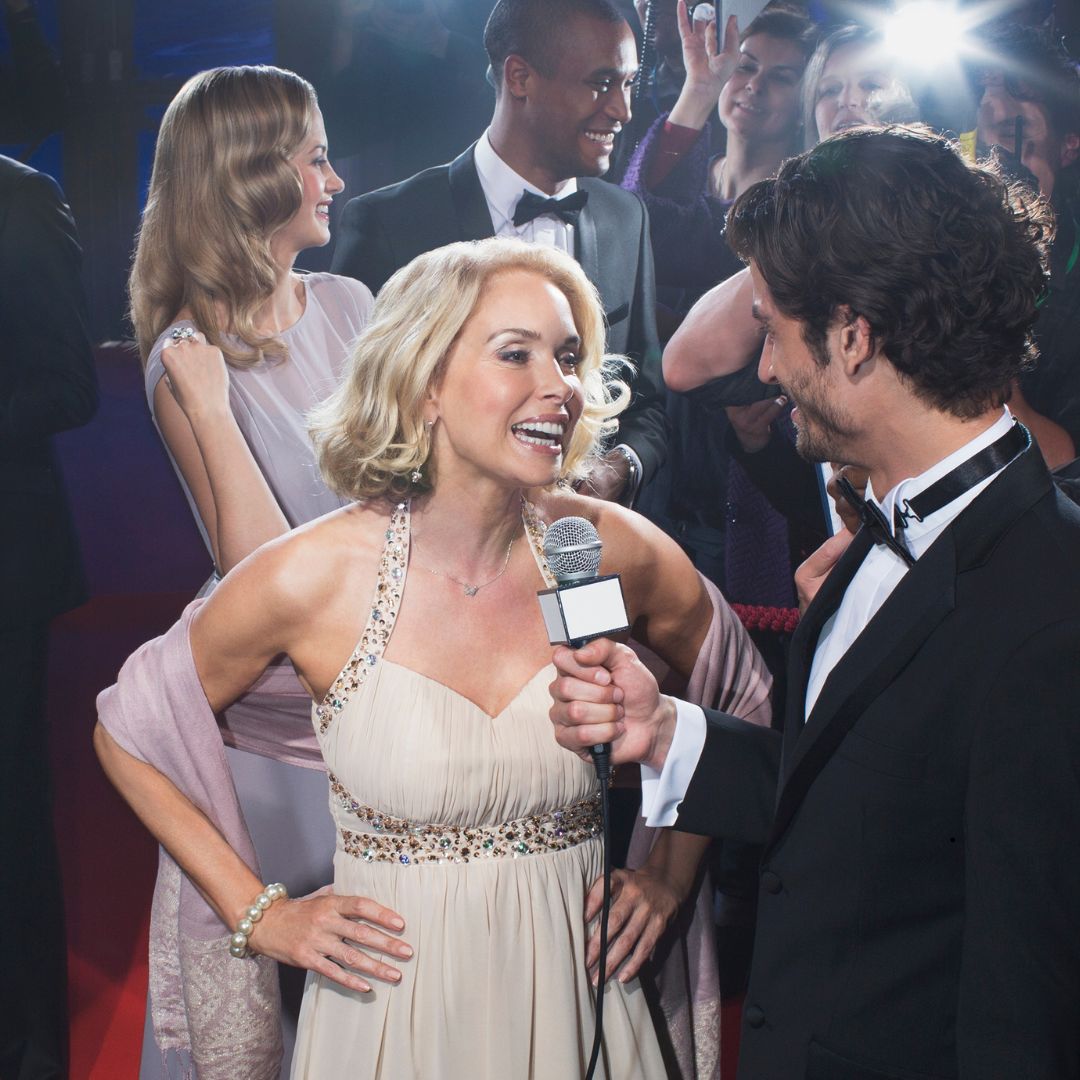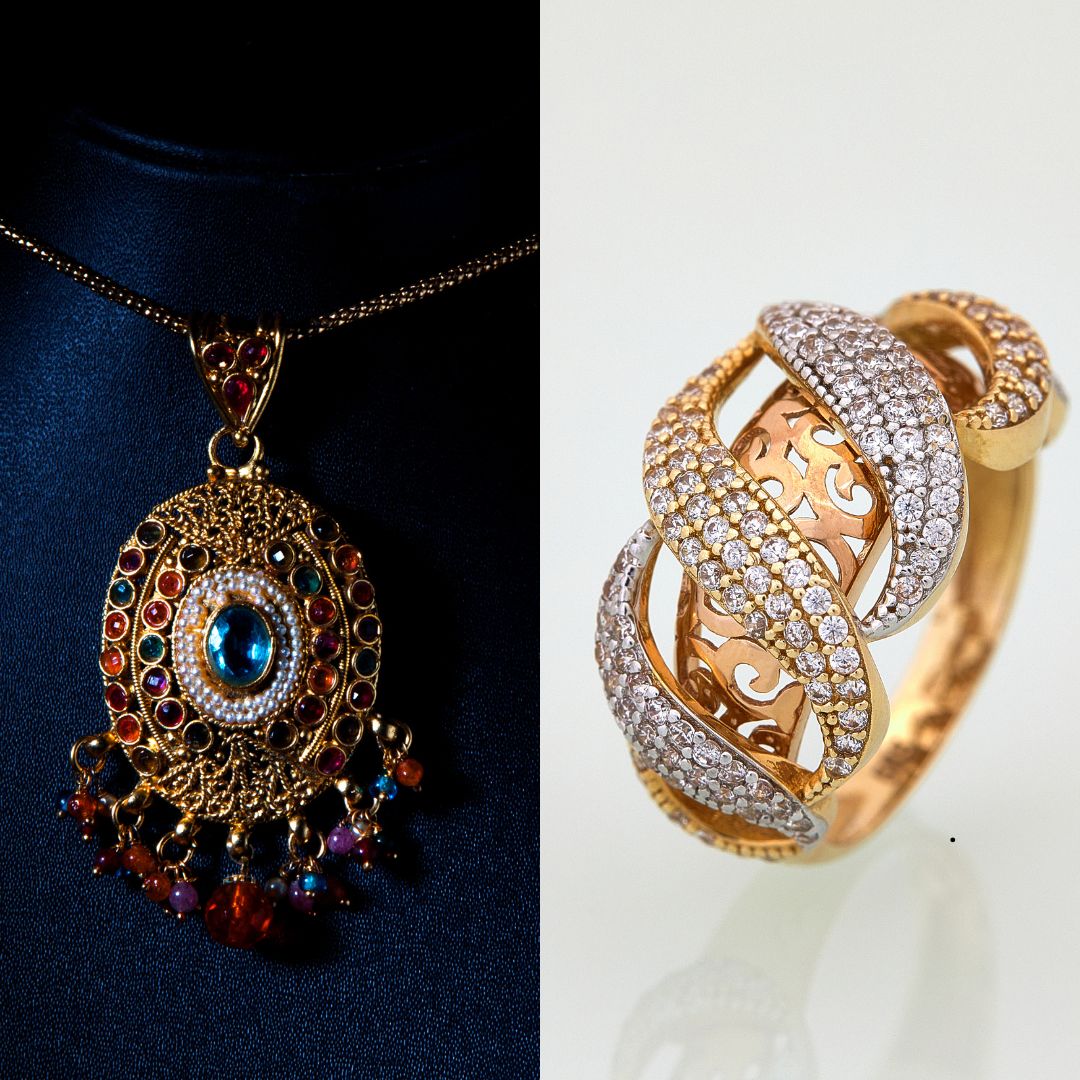
How to Choose & Design a Minimalist Gold Bracelet
In the glittering world of gold jewelry, where timeless allure meets savvy investment, affluent Americans—particularly those in bustling hubs like New York City and Washington, D.C.—face a perennial dilemma: Should you invest in the storied elegance of antique pieces or the sleek sophistication of modern designs? With gold prices hovering around $2,500 per ounce as of August 2025, and the global jewelry market projected to reach $343.90 billion by 2032, this question is more relevant than ever. For residents of wealthy states like New York, California, Texas, and the District of Columbia, where high-end auction houses and boutique jewelers abound, understanding the value dynamics can mean the difference between a cherished heirloom and a depreciating asset.
This article delves into the antique versus modern gold jewelry debate, exploring definitions, value drivers, pros and cons, market trends, and tailored advice for U.S. buyers. Drawing from expert insights and recent data, we'll uncover which category might hold more value for you—whether you're a Wall Street executive seeking portfolio diversification or a Georgetown socialite curating a collection.
Defining Antique and Modern Gold Jewelry
First, clarity on terms is essential. Antique gold jewelry typically refers to pieces over 100 years old, often from eras like Victorian (1837-1901), Art Deco (1920s-1930s), or Edwardian (1901-1910). These items feature intricate handcrafting, unique motifs (e.g., filigree, enamel work), and sometimes rarer gold alloys with warmer tones due to historical mining sources. Vintage jewelry, a close cousin, spans 20-100 years old and includes mid-century modern styles.
Modern gold jewelry, by contrast, encompasses contemporary pieces from the last 20 years, produced by brands like Cartier, Tiffany & Co., Van Cleef & Arpels, and emerging designers. These often use advanced techniques like laser cutting and CAD design, with options in yellow, white, or rose gold, and incorporate lab-grown diamonds or sustainable sourcing. In affluent U.S. markets, modern pieces appeal for their wearability and alignment with current trends, while antiques evoke history and exclusivity.
Key Factors Influencing Value
Value in gold jewelry isn't just about the metal's weight—though that's a baseline, with 18-karat gold (75% pure) being a sweet spot for both categories. Intrinsic value stems from gold purity and content, but extrinsic factors dominate:
- Rarity and Provenance: Antiques gain value from scarcity and documented history. A Victorian gold locket with a famous provenance could appreciate significantly, especially at New York auctions like Sotheby's.
- Craftsmanship: Antique pieces boast superior handiwork, often irreplaceable today due to lost techniques. Modern jewelry excels in precision and durability, but mass production can dilute uniqueness.
- Market Demand: Sustainability drives interest in antiques, as buyers seek eco-friendly alternatives to new mining. Modern brands leverage branding for resale value.
- Condition and Authenticity: Antiques may require appraisals for wear or fakes, while modern pieces come with certificates.
In economic terms, gold jewelry as an investment hedges against inflation, but antiques often outperform due to collectibility.
The Case for Antique Gold Jewelry: Timeless Appreciation
Antique gold jewelry often holds superior long-term value, particularly for affluent collectors in New York and D.C. Rarity is a key driver: As sources deplete, pieces from depleted mines become irreplaceable, commanding premiums. Historical significance adds layers—think an Art Deco gold bracelet worn by a Jazz Age icon, fetching thousands at Christie's auctions in Manhattan.
Pros include potential appreciation: Unlike modern items that depreciate post-purchase (similar to luxury cars), antiques can increase 10-20% annually if rare. In 2025, with gold prices elevated, vintage pieces avoid reflecting recent spikes, making them bargains. Sustainability appeals to eco-conscious elites; recycling antique gold reduces environmental impact.
For U.S. buyers, New York's antique scene thrives. Shops like Arcade Vintage in Brooklyn offer high-end estate pieces, while D.C.'s Tiny Jewel Box and Charles Schwartz & Son specialize in Victorian gold. These venues provide appraisals, ensuring authenticity—crucial, as fakes plague the market.
Cons? Maintenance: Antiques may tarnish or need repairs, and liquidity can be lower without the right buyer. In volatile economies, they might not sell quickly.
The Appeal of Modern Gold Jewelry: Contemporary Reliability
Modern gold jewelry shines for its immediate usability and brand-backed value retention. Brands like Cartier and Van Cleef & Arpels dominate resale markets, with pieces like the Love Bracelet appreciating due to demand. In 2025, trends favor rose gold and diamond-paved designs, with stacking boosting sales.
Pros: Quality assurance through warranties and ethical sourcing. Modern pieces are durable for daily wear, appealing to busy professionals in D.C.'s power corridors or NY's finance world. Resale value is strong for icons—Cartier retains 80-90% of retail on secondary markets. Customization via AI and lab-grown elements adds personalization without historical baggage.
In affluent states, modern jewelry thrives at Tiffany's Fifth Avenue flagship or D.C.'s Afram Jewelers. Trends like bold, sustainable designs align with 2025 forecasts.
Drawbacks: Initial depreciation (20-50% off retail) and trend sensitivity. A trendy piece might lose value if styles shift.
Current Market Trends in the U.S.
2025 sees a surge in antique and vintage jewelry, driven by sustainability and uniqueness. Fall trends include chunky gold chains and enamel work, with the vintage ring market topping $2.8 billion. Weak dollar aids international buyers at U.S. auctions.
Modern trends emphasize AI customization and lab-grown diamonds, with mid-tier brands rising. Gold dominates, but antiques often appreciate more overall.
In NY and D.C., estate buyers like Samuelson's offer competitive deals, while global demand from Europe boosts U.S. vintage exports.
| Aspect | Antique Gold Jewelry | Modern Gold Jewelry |
|---|---|---|
| Appreciation Potential | High (rarity-driven) | Moderate (brand-dependent) |
| Initial Cost | Variable, often lower per gram | Higher due to branding |
| Durability | May require maintenance | High, with warranties |
| Market Liquidity | Auction-dependent | Strong resale networks |
| Appeal in Affluent U.S. Markets | Historical prestige (NY auctions) | Everyday luxury (D.C. boutiques) |
Investment Tips for Affluent U.S. Buyers
For New Yorkers, attend Sotheby's previews; D.C. residents, consult Charles Schwartz for appraisals. Diversify: Mix antiques for growth with modern for liquidity. Buy certified pieces and consider insurance. Experts advise: Invest in what you love, as emotional value enhances financial returns.
Conclusion: Which Holds More Value?
Ultimately, antique gold jewelry often holds more long-term value due to rarity and appreciation potential, especially in a 2025 market favoring sustainability and history. However, modern pieces excel for wearable investments with reliable resale, particularly from top brands. For affluent Americans in NY, D.C., and beyond, the choice depends on your goals: Antiques for legacy-building, modern for contemporary flair. Whichever path, gold remains a golden opportunity in uncertain times.


